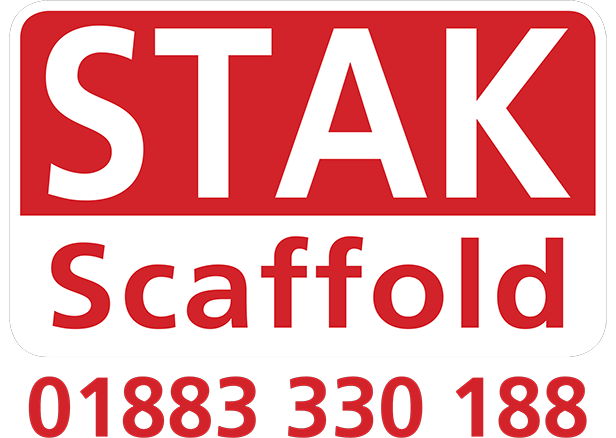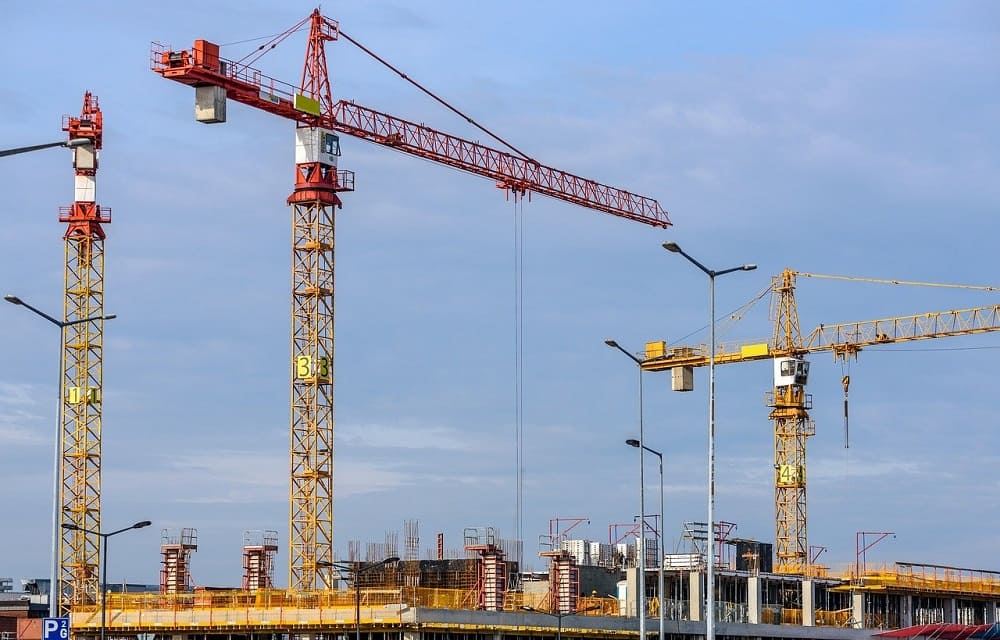Scaffolding structures are designed and developed to offer maximum security and easy access to construction workers working in hostile positions. As long as you use these structures rightly, scaffold towers can be the most efficient and useful aid for construction projects, especially while working at height.
Construction workers need to go high while working on big projects. They also need to get easy access to difficult areas like under-construction lifts or the top of the roof of a tall building. Reliable contractors of Scaffolding in London can provide the right quality products and efficient services.
Nonetheless, if these structures are not used correctly, accidents can happen. Hence, improper knowledge or negligence can cause serious issues and open up the workers to major physical risks.
Common Scaffolding Mistakes
•Working at Height in Strong Winds
No one should go and work at height when there is a strong wind blowing outside. Strong wind makes it difficult and risky to stand still at height. Though modern scaffolds always have additional safety measures like a handrail to ensure the utmost safety of the users, it is better to avoid using the tower if the wind is heavily blowing.
•Using Other Objects to Increase the Height
It is risky to add other objects like a chair or plastic box to the structure to gain a little bit more height to get a bit closer to your aimed spot. Scaffolding contractors never allow their users to do such things. Instead, you can ask them to make some modifications to the structure to make it more useful as per your requirements. Top scaffolding experts can offer bespoke design and style for their clients to fulfil their diverse requirements.
•Using Cheap Scaffold Towers
If you think that cheap scaffold towers will save you money, you are making a big mistake. Cheap structures will increase the risks and chance of having accidents which will be more expensive than the cost of the scaffolding service. You should always use top-quality scaffold towers from the most popular and reliable contractors of Scaffolding Surrey.
•Being Careless While Using Scaffolding Structures
Moving carelessly while using scaffolding towers will increase your life risk. It is advised by the experts to be highly careful and extra conscious about your safety while working at height. Follow the safety norms given by your scaffolding experts to avoid risks and injuries.
Stak Scaffold Ltd offers top-quality scaffolding solutions to businesses and individual clients located in London and Surrey. If you need one for your upcoming project, you can trust our services and products. We have vast experience in this industry. Our qualified experts can help you in avoiding mistakes and using the structures in the right way.
Please get in touch with us for more information.


